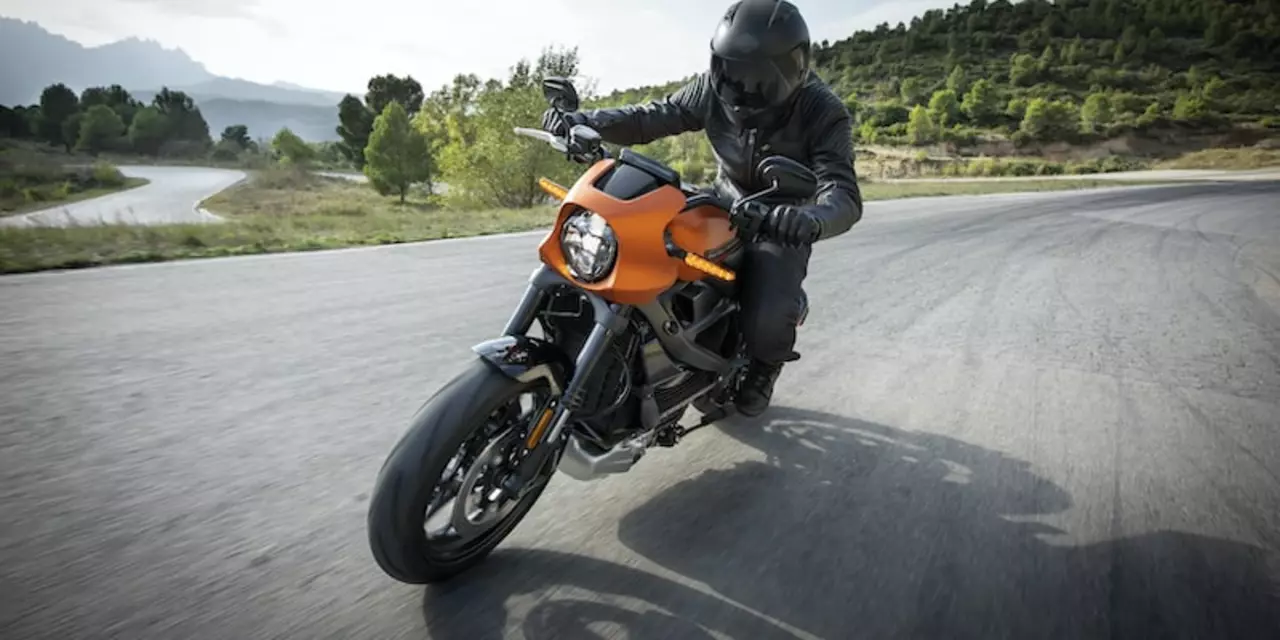Motorcycle Safety: Essential Tips for Indian Riders
Riding a bike in India can feel like an everyday adventure, but it also comes with real risks. If you own a Hero Passion Pro, Bajaj Pulsar 150, or TVS Apache RTR 160, you’re already riding one of the most accident‑prone models on the road. That doesn’t mean you’re doomed – a few simple habits can cut your chances of a crash dramatically.
Common Accident Risks
The Ministry of Road Transport and Highways points out that market‑leader bikes are involved in more accidents simply because they’re everywhere. Their low price, easy maintenance, and aggressive looks attract new riders and speed lovers alike. Add busy city traffic, potholes, and unpredictable drivers, and the danger level rises fast.
Two patterns show up again and again: riders often brake too late, and they underestimate blind spots. In India, traffic jams can turn into stop‑and‑go chaos, so reacting late to a sudden stop is a recipe for a rear‑end collision. Blind spots are another hidden threat – heavy trucks and buses hide a large area behind them, and a bike sneaking through can disappear in an instant.
Practical Safety Practices
First, always wear a full‑face helmet that meets IS‑I rated standards. A proper helmet can mean the difference between walking away and a serious injury. Pair it with gloves, closed‑toe shoes, and a bright jacket – visibility matters more than you think.
Second, master your brakes. Use both the front and rear brakes together, and practice smooth, progressive pressure instead of slamming them. A quick press of the front brake gives most of the stopping power, but the rear brake prevents the wheels from locking up.
Third, keep a safe following distance. A rule of thumb is to stay at least two seconds behind the vehicle in front. In heavy rain or on wet roads, add another second. This extra space gives you time to react to sudden stops or lane changes.
Fourth, watch your lane position. Ride toward the left edge of the lane where you’re more visible to cars turning right. Avoid riding in the “blind spot” zone of larger vehicles – that’s usually a few meters directly beside or behind them.
Finally, stay alert for road hazards that are common on Indian streets: potholes, stray animals, and uneven surfaces. Scan the road up to 30 meters ahead and be ready to adjust your line or speed. If you notice a pothole, signal early and take a smooth line around it; sudden swerves can cause loss of control.
Checking your bike regularly also helps prevent accidents. Keep the tyre pressure in the recommended range, tighten loose bolts, and replace worn‑out brakes. A well‑maintained bike responds better when you need it most.
Remember, safety isn’t about being scared; it’s about being smart. Whether you’re commuting in Delhi, cruising through Bangalore, or riding on a weekend trip, these habits keep you in control and lower your crash risk. Apply them every ride and you’ll notice the difference right away.

Which motorcycle is the most accident-prone in India?
This article examines the motorcycle models that are most prone to accidents in India. The three most accident-prone motorcycles in India are the Hero Passion Pro, Bajaj Pulsar 150, and the TVS Apache RTR 160. Data from the Ministry of Road Transport and Highways, the National Crime Records Bureau, and the Insurance Information Bureau of India were used to assess the accident-proneness of different motorcycles. The article also discusses the reasons why these models are more likely to be involved in accidents. These include their affordability, their popularity, their design, and the fact that they are often used for racing. In conclusion, these three models are the most accident-prone motorcycles in India.